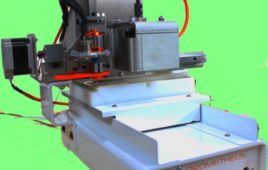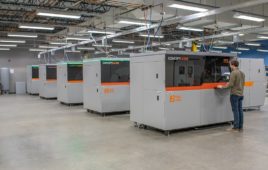Unfortunately, many of the most important aspects of a circuit design are often the last considered and procured, although they are just as important as every other aspect of a design. For example, no matter how good a reference book is, no matter how well-written its pages, how insightful its commentary, it is almost useless if somehow the pages are not properly paginated. If you can’t find the page you want when looking things up, the utility of a reference book is significantly impacted.
On the circuit board many think the lowest denominator are the passives and magnetics on the board, but there are more overlooked aspects of a system. Often critical board-to-board connections are roughly designed on the fly and implemented with whatever inexpensive wire or cable solution workable. However, this approach can backfire. Often the time and effort to make the “custom” solutions fit, bending, stripping, and cutting wire for circuit board jumpers renders it cost-ineffective.
Preformed circuit board jumpers can simplify and streamline design and manufacture, especially when it comes to large-scale board manufacturing. Preformed jumpers eliminate wasted time crafting bits of wire to make your own jumpers, while also offering uniformity and still providing a variety of sizes and shapes, with no potential for bad cuts or ragged insulation ends to increase the risk of failure.
For example, the PJ Series of circuit board jumpers offer specified heights and angles to guarantee adequate clearance across circuit board paths. This also reduces or eliminates the need for expensive insulation in many applications. The jumpers’ novel dented-leg design provides for positive positioning and retention during assembly and wave-soldering operations. With its spring brass construction to provide give and flex, these jumpers provide a solid connection that is resistant to damage and potential short circuit. For surface-mounted circuits, jumpers like the SJ-Series offer a very low profile while still being tall enough to clear circuit board paths to minimize or eliminate insulation requirements.
The bottom line is that every aspect of your board design is important, from the microcontroller and power systems to the connectors and jumpers on the board. Don’t let a tiny design issue cause you large system problems by eliminating uncertainty and inconsistency in your board construction.
Filed Under: Rapid prototyping




